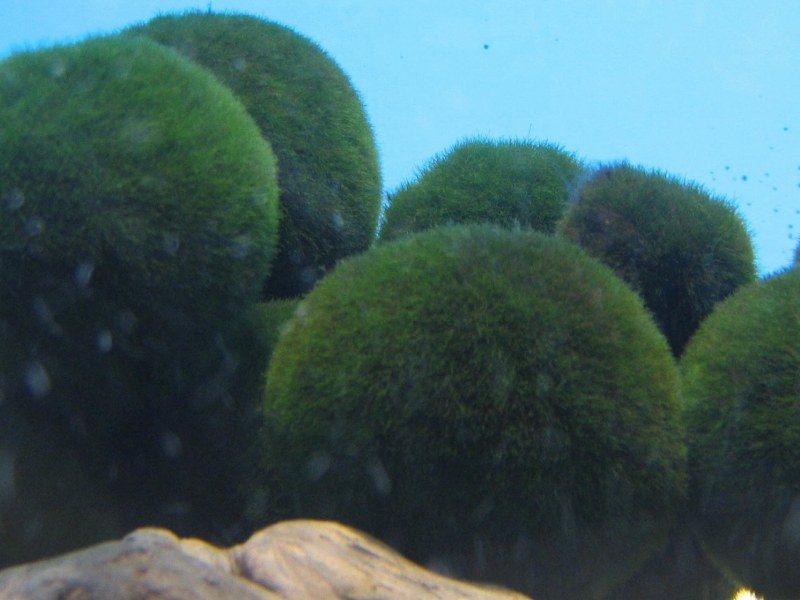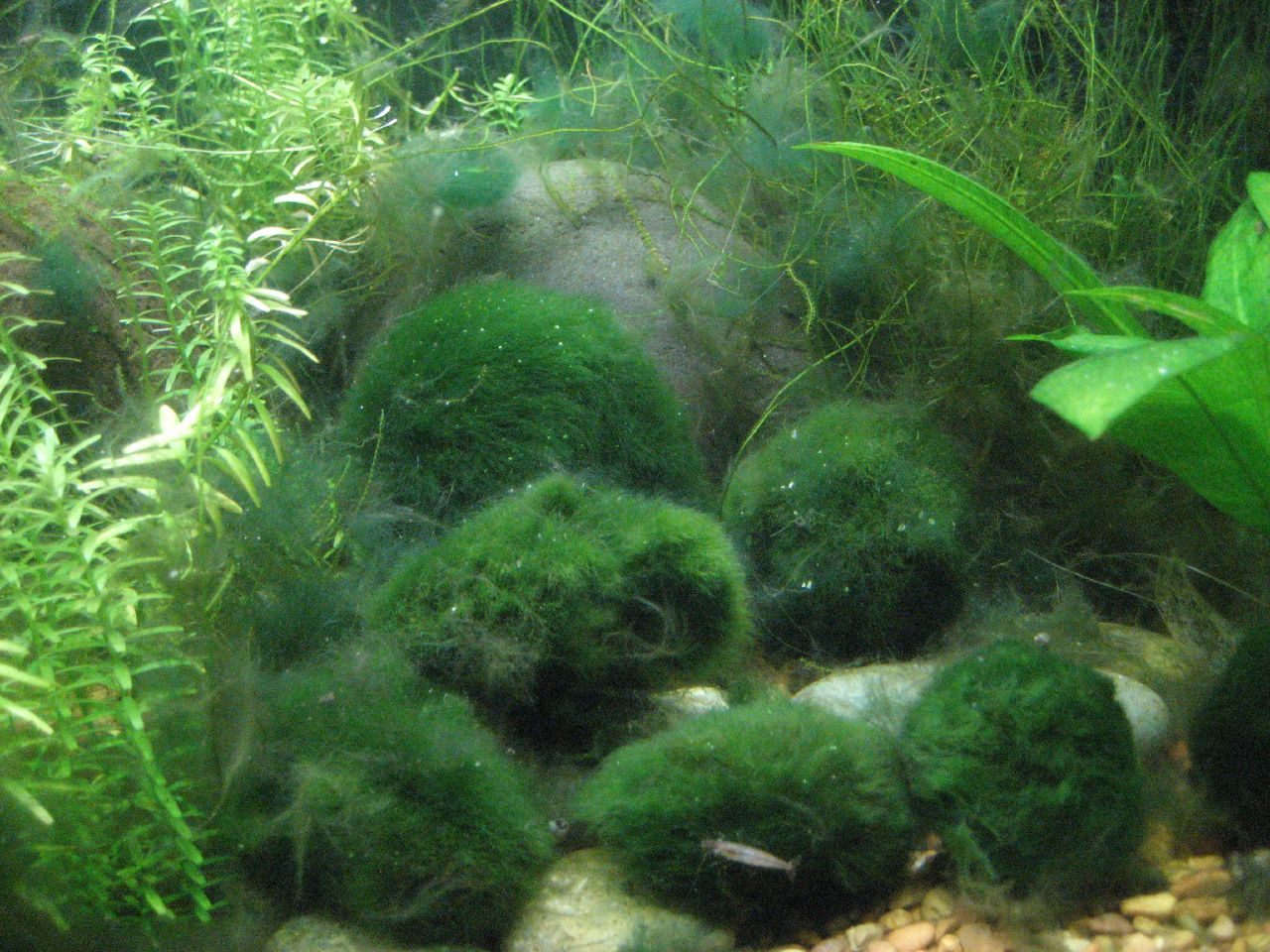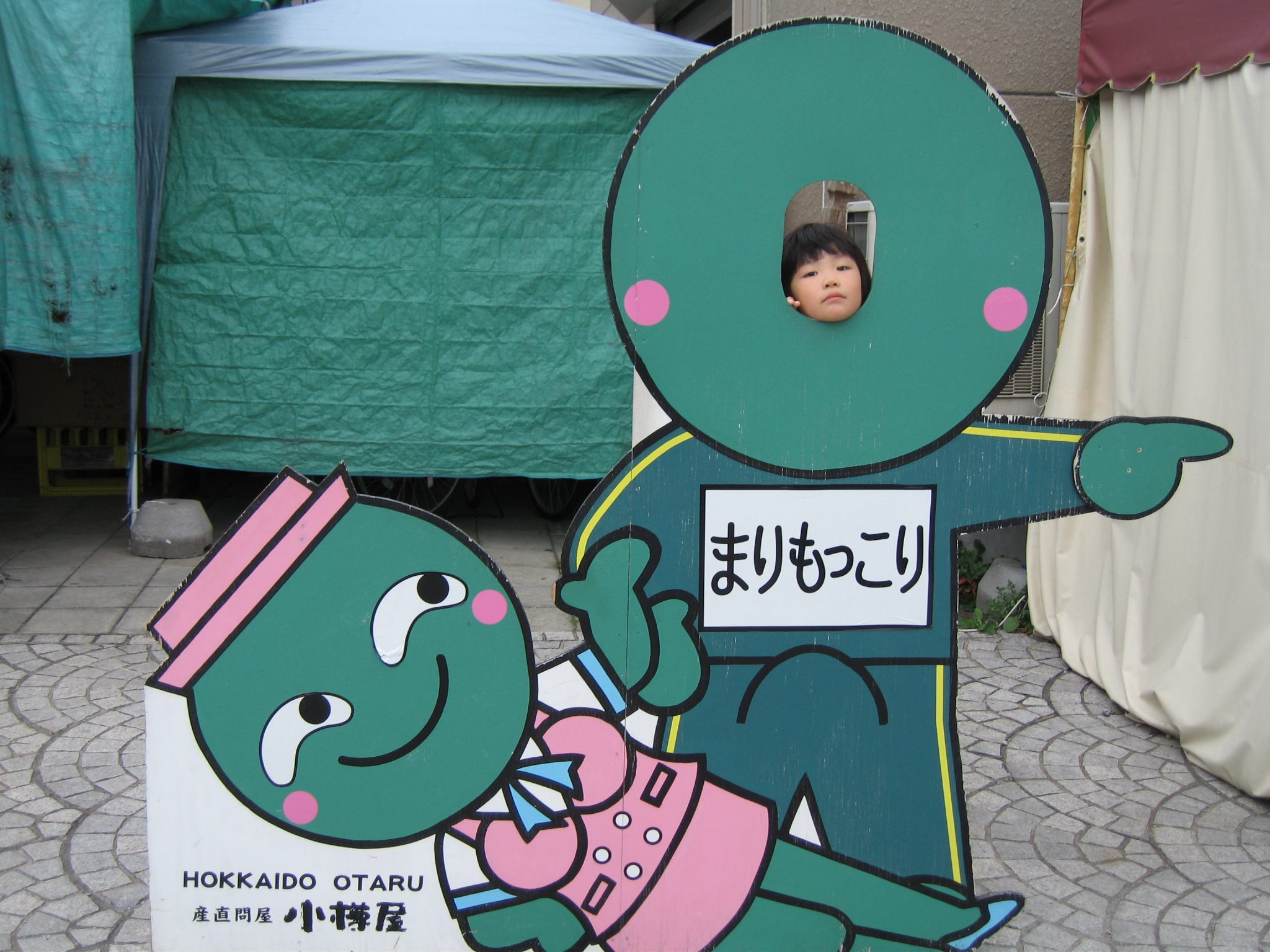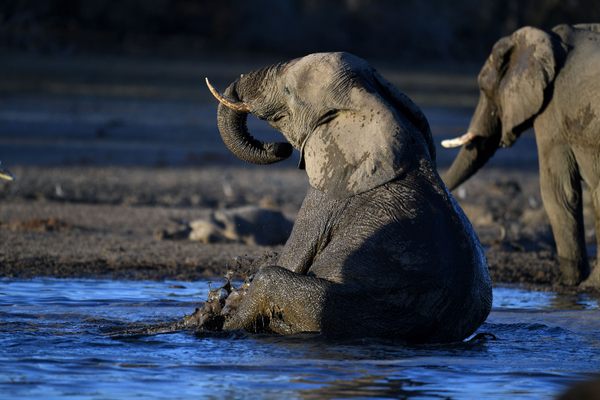Where Have All the Lake Balls Gone?
 Marimo in Lake Akan (photograph by Andy king50/Wikimedia)
Marimo in Lake Akan (photograph by Andy king50/Wikimedia)
Endangered in Iceland, celebrated in Japan, and recently spotted for the first time on a beach in Sydney, lake balls, a rare round formation of a common type of algae, face an uncertain future.
Known by many names — kúluskítur (“round shit”) in Icelandic, torasampe (“marsh monster”) in Ainu Japanese, and Aegagropila (“goat hair”) in Greek — these velvety spheres are only found in a few places in the world, primarily Lake Akan in Japan, Lake Mývatn in Iceland, and Lake Svityaz in the Ukraine. There are several theories for why the unique formations occur: some scientists think the shape protects the balls from predatory fish, while a group of researchers in Japan found that it may help the balls roll back into the water to keep from drying out if they get washed ashore. Yet another idea is that the underwater rotation allows the sun to photosynthesize all sides of the fuzzy green balls.
 Marimo balls in a river (photograph by mobile_gnome/Flickr)
Marimo balls in a river (photograph by mobile_gnome/Flickr)
This latter theory may also explain why lake balls are on a decline worldwide, but most drastically in Iceland: Although in 2000 there were tens of millions of balls in Lake Mývatn, decades of mining have filled the lake with phosphorous and nitrous, drastically increasing the bacteria that feeds on those nutrients and preventing sunlight from filtering down to the lake’s bottom. In addition, the sediment stirred up on the lake floor has buried many of the balls, further depriving them of sunlight and suffocating them. By mid-2014, the lake ball colony in Lake Mývatn was all but gone, though Dr. Isamu Wakana, an algae expert from Japan, and Árni Einarsson, the director of the Nature Research Institute at Lake Mývatn, are working to develop ways to rebalance the lake’s nutrients in order to foster a healthier environment for the reintroduction of the balls.
Meanwhile, in Japan the marimo (“ball seaweed”) are famous and revered — they’ve been an official Japanese National Treasure since 1921, and since 1950 the indigenous Ainu have held an annual Marimo Festival in Hokkaidō, which combines aspects of traditional Ainu “sending off” ceremonies with a focus on environmental conservation. The marimo have also become quite commercialized around Lake Akan, with area souvenir shops filled with green-ball-patterned boxers, keychains, and baby clothes. There’s also a marimo postage stamps, an anime character named Mizumori Amane covered in the balls, and even a (rather creepy) anthropomorphized toy, Marimokkori, whose name is a pun combining marimo with the Japanese slang term for, well, hard-on.

Marimo toys (photograph by Nesnad/Wikimedia)
Although it may be too late for Iceland’s lake balls — Dr. Einarsson wrote a paper entitled “The lake balls of Mývatn: In memoriam” [PDF] in May 2014 — Japan’s marimo are thriving after decades of focused conservation. Since marimo have a long life if properly cared for, there’s hope for them to last for a long time to come.
 Marimo toy (photograph by duke.yuin/Flickr)
Marimo toy (photograph by duke.yuin/Flickr)















Follow us on Twitter to get the latest on the world's hidden wonders.
Like us on Facebook to get the latest on the world's hidden wonders.
Follow us on Twitter Like us on Facebook